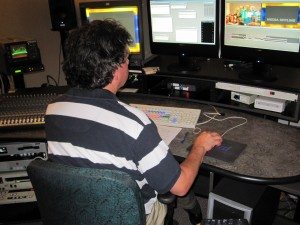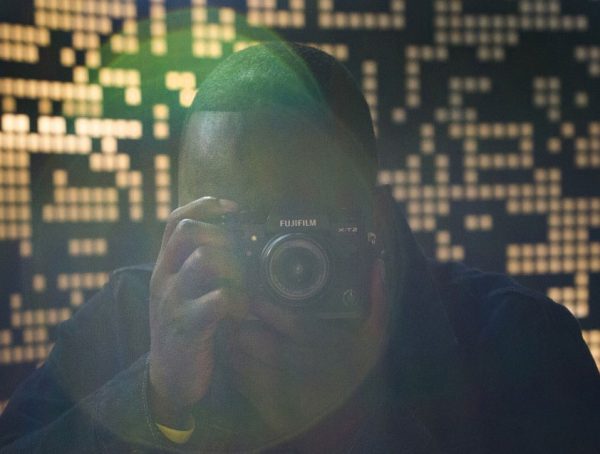 We all know the value of video in TV news, but great video alone isn’t enough. As a wise photojournalist once told me, “Sound is the other half of the picture.” I think of that adage often when I’m asked to critique stories in which sound is nothing more than narration and bites. Sound that was present at the scene either wasn’t captured or was obliterated in the edit when the track was laid in. But it’s not just the presence of sound that makes the difference, it’s how that sound is used.
We all know the value of video in TV news, but great video alone isn’t enough. As a wise photojournalist once told me, “Sound is the other half of the picture.” I think of that adage often when I’m asked to critique stories in which sound is nothing more than narration and bites. Sound that was present at the scene either wasn’t captured or was obliterated in the edit when the track was laid in. But it’s not just the presence of sound that makes the difference, it’s how that sound is used.
Great editors let the type of sound determine how they use it. Award-winning editor Brian Weister says he’ll cut directly to a sharp, crisp sound like a hammer hitting a nail, but he’ll bring up a droning sound like a circular saw about 20 frames ahead of where he wants it up full, and then will fade it back down. Audio dissolves like this help to create a seamless narrative.
Audio also can help with transitions from inside to outside, or from location to location. Bringing audio in before a shot change pulls the viewer into the next scene. It’s a little like the literary technique of foreshadowing, providing a clue to what’s to come. “You hear the sound before you’re there,” says photojournalist Stan Heist. For example, he might use audio of a door creaking open under video of the exterior of a house, then cut to an interior shot of the door closing.
“It makes a lot of sense when you think about it,” says Darren Durlach, senior multimedia producer for The Boston Globe. “If someone drops a vase on the other side of the room, you always hear it before you see it. Or if someone starts talking to you, you usually hear them before you turn your head to look. Rarely does their sound start at the exact same time that you look at them.”
In editor lingo, what we’re talking about here is a J-cut. For years, I used the term L-cut for this kind of edit, but thanks to Durlach–who shared a link to this how-to video–I now know that they’re related but not the same, and that both have value.
One caveat: Some producers frown on using these types of edits for sound bites because they make it harder to cut VO/SOTs from packages. Maybe so, but I’d argue that this approach to editing makes stories more engaging and stronger, because their (audio) seams don’t show.









2 Comments
The “it makes cutting VO/SOTs too hard” argument is only valid if the PKG was fed in from the field. If the original story timeline is in the server, it’s ridiculously easy to “fix” a sound bite that was partially covered by other video. Just copy/paste the bite onto a new timeline and then extend the video portion to fill in the part that was covered by the b-roll.
[…] cuts at all costs and use transitions like dissolves only rarely. But other types of edits, like J-cuts and L-cuts, work really well in news video. So have a look. (Fair warning, though: some of the movie examples […]